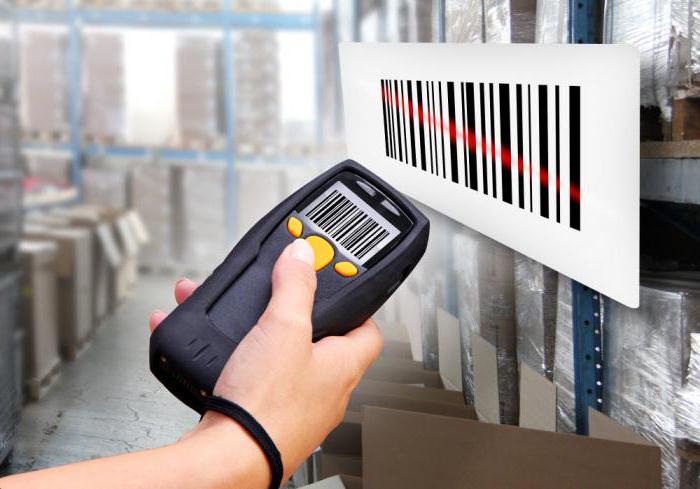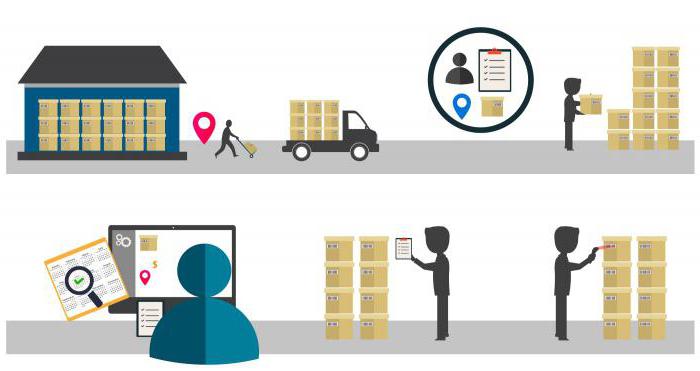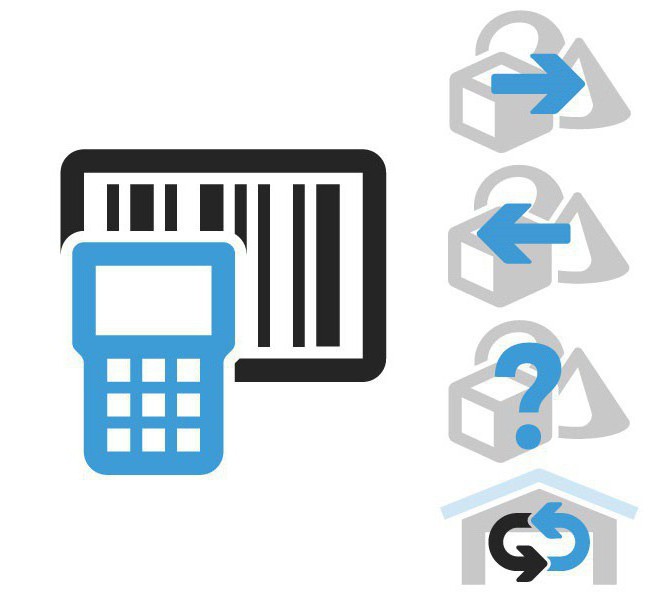The purpose of the inventory is to identify the current state of affairs in the organization and establish compliance of the real situation with documents. Since this information is crucial for making management decisions, the inventory itself becomes an indispensable event. It must be carried out regularly. Bookkeeping should not only know what inventory is, but also understand the various varieties of this check in order to regularly organize an event efficiently and accurately.

Maximum attention
Control over the activities of the enterprise can only be ensured by such a manager who has an idea of the situation. The information base for this is provided by a variety of unscheduled, planned inventories regularly organized by the company.
Various events are held in a different order, determined by the tasks formulated by the company's management. At the same time, they are based on the fact that accounting keeps a record of everything that happens inside the organization, that is, from paper sources you can get a general idea of the availability and circulation of funds that the company has. At the same time, they take into account that the real situation may diverge from the one that follows from the documents. Therefore, an inventory in 1C is always associated with a real recount of values subject to verification.
The medal has several sides
Distinguish quite different from each other types of inventory in accounting, but they all have the same goal - to establish how safe the property of the organization, whether it corresponds to the databases that have the management personnel of the company. That is, in fact, an inventory is an accounting methodology adopted in accounting that allows you to control the situation in departments.

If the event allows you to find discrepancies with accounting information, then you can initiate an internal investigation to identify which employees of the organization behaved incorrectly. Under the "gunshot" is primarily the personnel who are officially liable. At the same time, the results of the inventory may show such discrepancies that the authorities have the right to consider insignificant, and this will not cause prosecution of the organization’s staff.
What do we find?
Since the purpose of the inventory is to detect differences in accounting information and the real situation, during such an event they usually find out which positions are missing and what is in excess in the organization. At the same time, taking an inventory allows you to identify the location of volumes of values, debts.
If a documentary inventory, operating system, finance, or other showed very large discrepancies, this is probably a deliberate forgery of information. In some organizations, they discover huge shortcomings in the millions, while in others they find debts for amounts that are completely impossible for the organization. This usually indicates that one of the employees of the company conducted illegal activities. An internal investigation can identify the culprit. Correct reflection of the results of the inventory in accounting allows you to keep the situation in the organization under control, which implies that the event is really important, meaningful, allowing you to prevent and timely detect crimes in the company.
What and why?
Since there are different types of inventories in accounting, in a particular situation, choose the one that most suits the conditions. In some species, the accounting function dominates; in others, control; others are aimed at detecting crimes.Depending on what the management of the company is set up, they decide in favor of the format of the event. It is important even before the start of the audit to clearly articulate the goals pursued, and for this, the management team must be aware of what inventory is.

Theoretical base
Inventory is a term that refers to an audit conducted within an organization, during which the presence of property is revealed and compared with the data presented in the company's accounting system. It is important that all inventory results are documented in due course.
The task of conducting an inventory is to find the differences between the real situation and the alleged from the documents. As soon as they find discrepancies, they immediately begin to search for what reason this happened. In fact, it is the inventory that is the only operational, effective, reasonable method of monitoring the safety of the organization’s property. Like any concept that is fundamental to the modern economy, an inventory is divided into groups, types, and subspecies. The classification is based both on the goals pursued by the inventory commission, and on what objects during the event will have to be checked and recounted. Say, inventory of OS is slightly different from accounting for financial balances of the organization or stocks.
Inventory: types and subspecies
The simplest type separation:
- initiative;
- obligatory.
It is based on how much verification is needed at the current time. Mandatory types of inventory in accounting are organized, if required by law. Initiatives occur when the head of the company decides in favor of verification. For such events, the frequency has no limits.
You can distinguish between types of inventory in accounting, evaluating the place of organization of the event:
- Cashbox.
- Manufacturing facility.
- Stock.
- Trading floor.

The separation of types of inventory in accounting is based on the objects with respect to which a check is organized:
- OS
- stocks;
- products, goods;
- money;
- obligations.
Finally, the inventory is divided into types, evaluating the purpose of the event, the amount of verification, the method of establishing accurate information on the inspected object.
Inventory: why?
Why is an inventory of the OS or, for example, money, goods? The main task of the event is to accurately, reliably formulate conclusions about the quality of accounting within the organization. During the event, the actual results and those following from the documentation are compared and a decision is made: is it necessary or not to improve the system? In order to get a sufficient base for conclusions, they select objects that need verification in relation to them, study them: they consider, measure weight, quantity, quality. The information obtained is compared with that established from the records.
Inventory has a number of features. For example, when checking, it is established how much the organization complies with the rules introduced by the company’s management, and also reveals what measures are being taken to ensure that values are maintained in order. An inventory of cash makes it possible to understand whether the firm’s money is safe and sound. Also, during the inventory, items are found that have expired or will soon expire, damaged property.
Additional effects
A properly organized inventory allows you to identify whether the company has such property that is not involved in the work process. If one can be found, it can be sold or brought into work in order to improve production efficiency. However, the most important thing is to identify those types of property that are not used in the work so that information about them is preserved and in the future not to repeat mistakes with unnecessary financial costs for the purchase of useless goods.

During the inventory of cash, fixed assets and other values, liabilities, you can check the correctness of accounting operations, find discrepancies, erroneous data, control the organization of storage at the enterprise and the conditions in which the property is usually located. It is the inventory that gives the most accurate idea of whether the organization’s accounting is well organized, whether the accounting department has up-to-date information, and whether the ongoing business operations are reflected in a centralized accounting system. It must be remembered that if there are errors in accounting, this becomes a cause of considerable losses.
What else to look for?
As you know, during storage some positions, values change, their qualities, properties, features undergo adjustment. As a rule, this leads to a loss of goods and stocks. This process should be controlled, and it is a timely inventory that allows you to receive relevant information about what is happening in the organization’s warehouses.
Accurate and up-to-date control over the property of the company is one of the most accurate methods for identifying the competence of employees responsible for checked positions. That is, taking an inventory allows us to draw conclusions not only about the quality of accounting, but also about the compliance of the organization’s employees with their positions. Regular scheduled and unplanned inspections thus allow you to adjust the organization’s staff so that it will consist only of specialists in their field who conduct honest work. And this is the key to the success of the company in the present and in the future.
What are we looking back at?
According to the rules, an inventory should be carried out, taking into account the current standards, and not how God puts it on the soul. To standardize the verification process, several standards were introduced at the federal level, and in addition to them, local regulations within the organization can be adopted.

The most significant document is the order of the Ministry of Finance on inventory. It was released back in 1995, from that moment it is regularly supplemented, corrected so as to correspond to the realities of the country's economic life today. In addition to the order, guidelines were issued where the inventory process is described in detail, in steps, taking into account the functioning of organizations of various formats.
And how to do it?
In some enterprises, an inventory is carried out annually; in others, every 6 months or even four. As a rule, the head of the organization solves this issue. From the laws of the country it follows that before the submission of financial statements for the year, an inventory check is a mandatory measure, it cannot be avoided. If such an audit is not organized at the enterprise, from the point of view of inspection bodies, founders and other persons, there is no accounting at all within the company.
What can such negligence lead to? Administrative sanctions may be applied to persons ex officio responsible for the matter. They can also be held liable if the inventory was organized, but its results were not drawn up correctly, which provokes the likelihood of distorted accounting reports.
Step Verification
An inventory is a sequence during which:
- determine in fact what the company has;
- determine values that diverge from the requirements of technical specifications, quality;
- check whether the information on the real state of affairs converges with the account;
- analyze the value of the found values, money;
- determine if there are unused positions;
- monitor compliance with the standards for the content, use, storage of equipment, operating systems, values, money.
All or not all?
If necessary, the company can carry out a complete inventory. Here they study absolutely all the property, making no exceptions.It is such a check that needs to be organized at the end of the reporting period, when the accounting department prepares documents for the year. If this scale is not necessary, a partial check is initiated. For its implementation, an order is issued within the organization, appointed by name and by position of the responsible members of the inventory commission, they officially state which categories of values should be checked and compared with accounting information. You can enter only one category, you can mention a few. A partial inventory can be carried out only in one storage place, it is possible in several at once.

Let's make a surprise!
As already mentioned, an inventory must be carried out at the end of the year. All responsible persons are aware of this in the company at any time. They are prepared for verification in advance. This is a planned inventory. But the leaders of the company, observing the interests of the organization, can surprise their employees by announcing an unscheduled inventory at any time they consider it necessary to organize such an event.
To reflect the discrepancy between the credentials and the real, you need to capitalize the excess, credit the financial score to the accounts of financial results. If the enterprise is budgetary, then the found is directed to increase financing. If it is revealed that some property is missing, it has deteriorated, then assess whether it is within the natural loss or exceeds it. In the first case, the difference is written off to production costs, in the second they look for the guilty, from whom the loss is recovered. If they could not be found or the trial showed that it is impossible to recover, then the losses are also sent to the column of financial results.